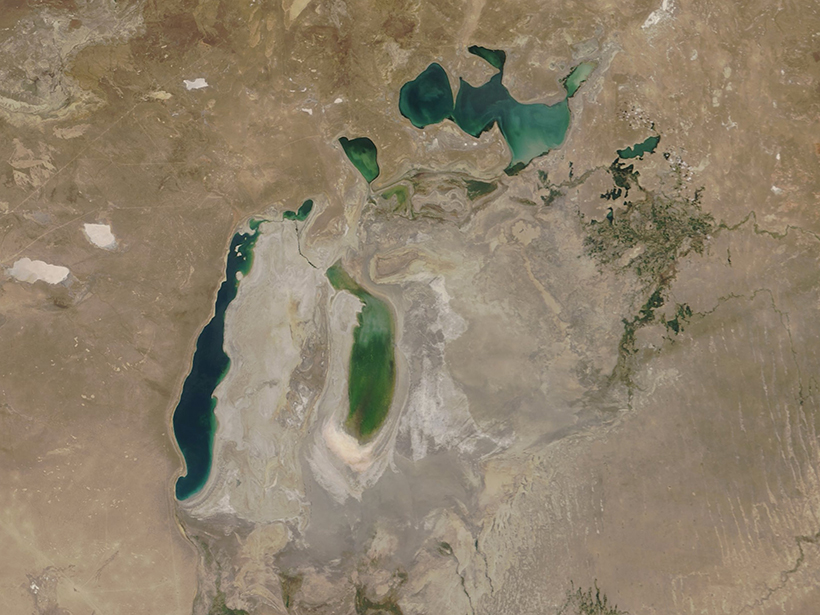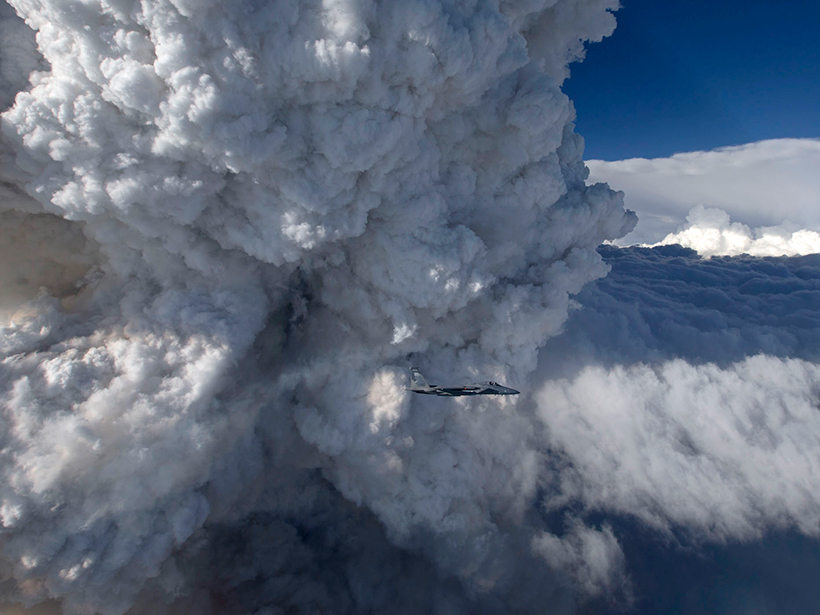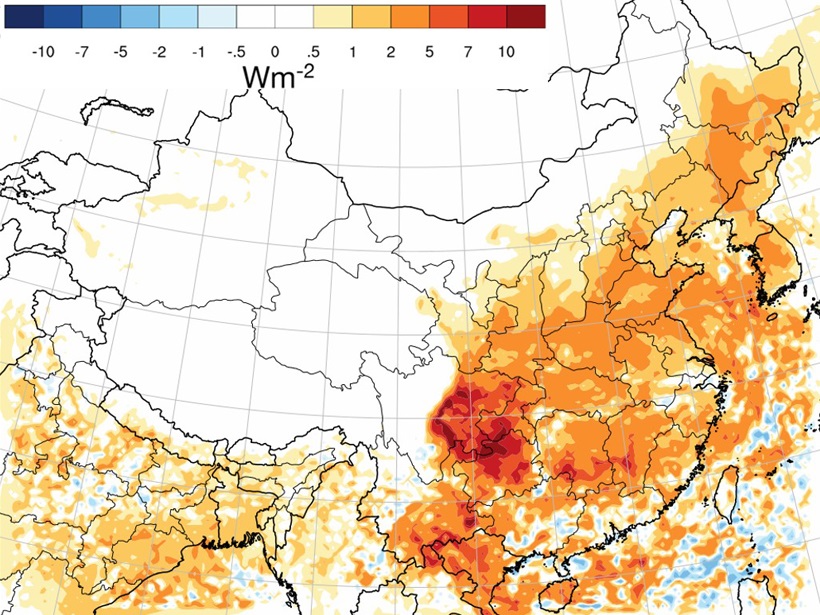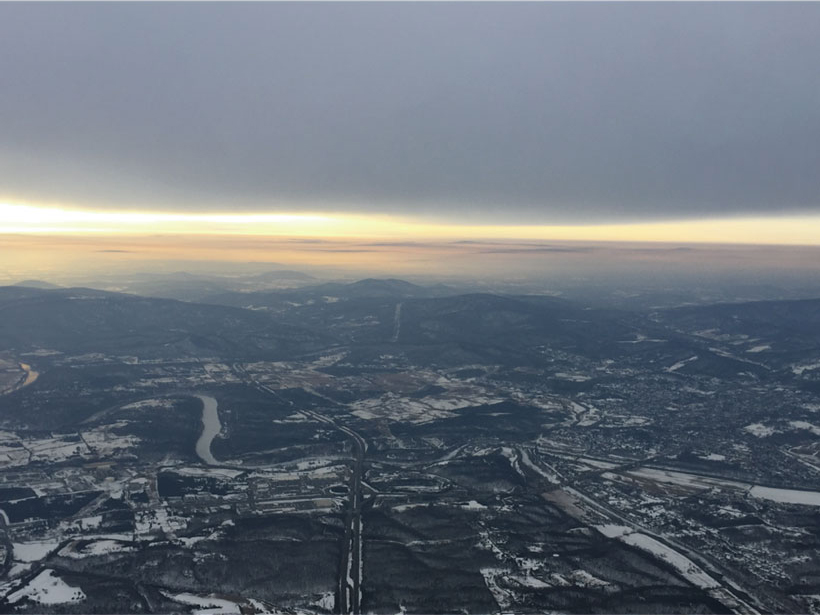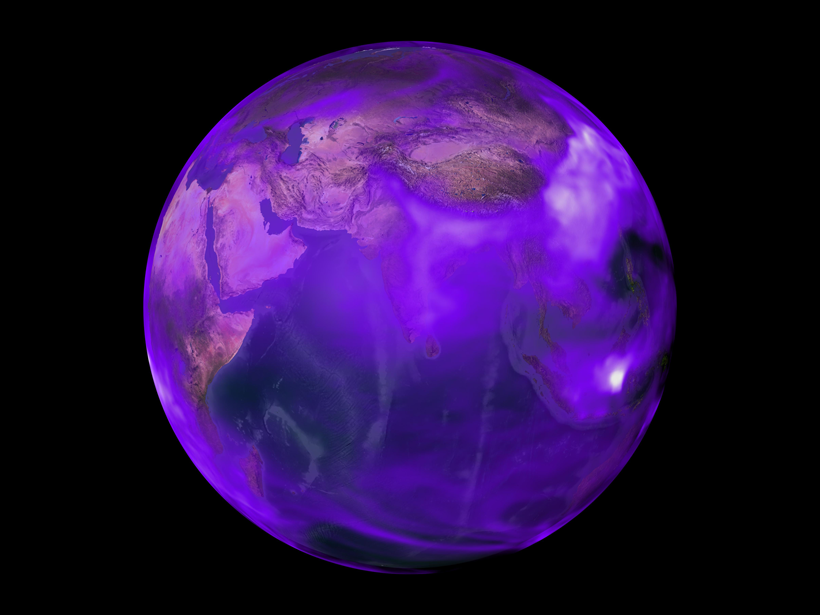With the space industry’s rapid growth, rocket exhaust will increasingly accumulate in the atmosphere. How this accumulation might affect the planet is unknown—because we’re not taking it seriously.
aerosols & particles
Scientists Share Results of Dust Belt Research
Central Asian Dust Conference; Dushanbe, Tajikistan, 8–12 April 2019
What Wildfire Smoke Tells Us About Nuclear Winter
A cloud of smoke from 2017 Canadian wildfires was so huge that it self-lofted and stayed in the atmosphere for 8 months. Scientists used it as an example for climate simulations of nuclear warfare.
Algorithm Spots Climate-Altering Ship Tracks in Satellite Data
Tens of thousands of ship tracks—cloud structures created when ships’ exhaust plumes interact with the atmosphere—are pinpointed automatically, furthering study of these climate-altering features.
Contrails’ Climate Impact Could Triple by 2050
Contrail cirrus clouds have warmed the atmosphere more than all the carbon dioxide from planes since the dawn of aviation and will do so even more in the future.
Fading Air Pollution Reduces Fog in Central Valley
The tule fog in California’s Central Valley is notorious for causing delays and accidents throughout the region; however, a decrease in air pollutants is reducing the fog’s frequency.
The Diversity and Complexity of Atmospheric Aerosol
The variability in composition of individual aerosol particles and the way in which they mix in the atmosphere is complex and has significant impacts on Earth’s climate.
Household Cooking and Heating Affect Health and Climate in China
Black and organic particle emissions have significant impacts on both health and climate, and household cooking and heating activities may contribute substantially to these impacts in China.
A New Look at Winter Air Quality in the Northeastern U.S.
Past studies underestimated a major pollution source, particularly in rural areas.
Previous Research Has Underestimated Black Carbon Emissions
New observational constraints suggest that U.S. emissions of this heat-absorbing aerosol were 80% higher during the late 20th century than prior estimates have indicated.


